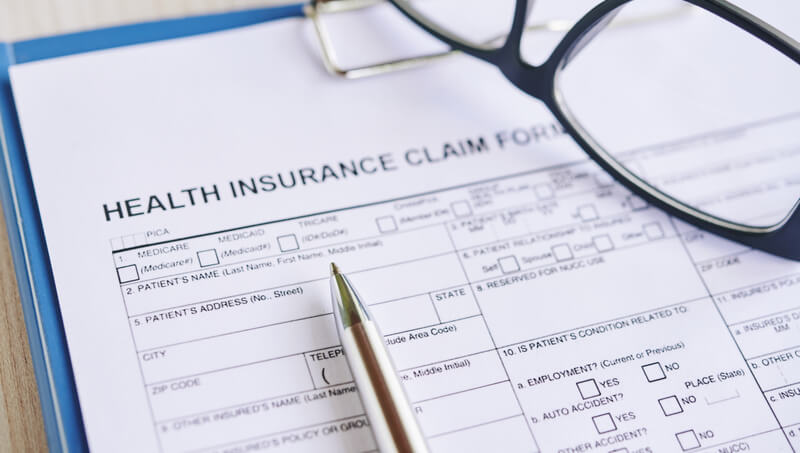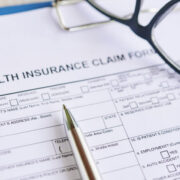A Guide to Digital, Physical, and Legal Patient Safety

The following guest post on patient safety in healthcare was submitted by Dixie Somers.
Today’s health care consumer is protected by digital, physical, and legal patient safety rules and regulations. Hospitalists, administrators, physicians, nurses, and others in a hospital setting must be aware of the required physical safeguards, rules, and regulations in place to protect patients’ physical wellbeing and digital and legal patient information and records at all times.

Learn more about to protect patients’ physical wellbeing and digital and legal patient information and records.
Physical safeguards also include the physical steps, procedures, and policies required to secure the Covered Entity (CE) or the CE’s Business Associates’ (BAs) electronic data and HIT systems, equipment, and building structures in use. These safeguards should address protection against physical and environmental threats as well as possible unauthorized intrusions in the health care environment.
Physical Safeguards
The hospital is a complex physical environment. It’s important for all hospital staff to implement and practice good health habits on a personal and team level.
The hospital has a myriad of regulatory compliance issues to consider along with patient safety, including HIPAA (Health Insurance Portability and Accountability Act of 1996), EMTALA (Emergency Medical Treatment and Active Labor Act), and Medicare/Medicaid payments regulations in addition to its own corporate governance policies.
Of course, it’s the legal and ethical duty of the hospital to protect the patient’s physical body from material harm when he or she is in the hospital. Safety guards and procedures should be strictly followed at all times.
Hospital Environmental Health
Dangers are always present in the hospital, including hazardous chemicals, infectious materials, chemotherapeutic agents, and radioactive matter, among others. Occupational safety and health administrators must work to ensure patient protection from exposure to these elements. A fire or resulting smoke from a hospital fire could be dangerous for the hospital’s most vulnerable patients. Life Safety Codes are in place for that reason. The Environmental Protection Agency (EPA) and local/municipal governments are required to enforce the laws and/or regulations concerning fire safety and hazardous materials in the hospital.
The hospital should review its fire and safety plan, fire drills/alarm notifications, fire safety equipment/maintenance and protective building features, hazardous materials/exposure control plan, waste containment, and personal protective equipment as part of the annual risk assessment.
Hospital Security
All people in the hospital—patients, staff, and members of the public—must be protected from harm in the hospital. Hospital security includes multiple factors. Day-to-day concerns referenced above or major accidents could threaten the hospital environment.
Since many people travel to and from the hospital each day, it’s important to protect individuals from potential altercations and robberies (including robbery of physical goods or stolen identification). Potential events could cause temporary overcrowding in the hospital.
It’s essential for the hospital to consider these and other potential scenarios that affect safety and security. Local, state, and federal laws address many situations but it’s also essential for the hospital to consider coordination with local emergency, fire, and police personnel.
As part of the yearly risk assessment, the hospital should review policies relating to security technology/security personnel, response to disruptive behaviors, monitor of materials in/out of the hospital building, and security of hazardous drugs/material/waste. There should also be an accurate WebID medical license verification system available to make sure that every doctor’s license is accurate.
Digital Privacy and Security in the Hospital
The hospital collects and uses patient information to treat its patients. It also collects personal financial information as part of its billing practices. Digital privacy is the patient’s right. Federal law requires the hospital to establish proper systems and procedures to protect the patient’s private information from prying eyes.
Workstations, devices, computers, and networks in use at the hospital must be secure. Each hospital must have proper security procedures and policies in place. Media controls, disposal of sensitive information, and access of information must be considered as part of the hospital’s compliance.
Patients have the right to sue the hospital and/or individual practitioners when private information is improperly accessed or breached.
Legal Malpractice Risks
Security of electronic health records (EHR) in the hospital and medical practice can advance both patient safety and the practice of medicine. However, it’s important for the hospital to know that, as new technology is adopted, potential liability risks are present.
Hospital staff can access patient information through EHR or via health information exchanges. Patients’ hospital charts, lab results, medication histories, radiology images and reports are accessed, exchanged, and reviewed. Patient injury can result from the hospital’s inability to make patient information available to providers treating him or her. If patient injury occurs from this type of information access error, the patient (or his/her family) may be able to file a legal malpractice claim against the hospital or individual providers.
Dixie Somers is a freelance writer and blogger from Phoenix, Arizona, who loves most to write for health, technology, and business niches. Dixie is the proud mother of three beautiful girls and wife to a wonderful husband.


